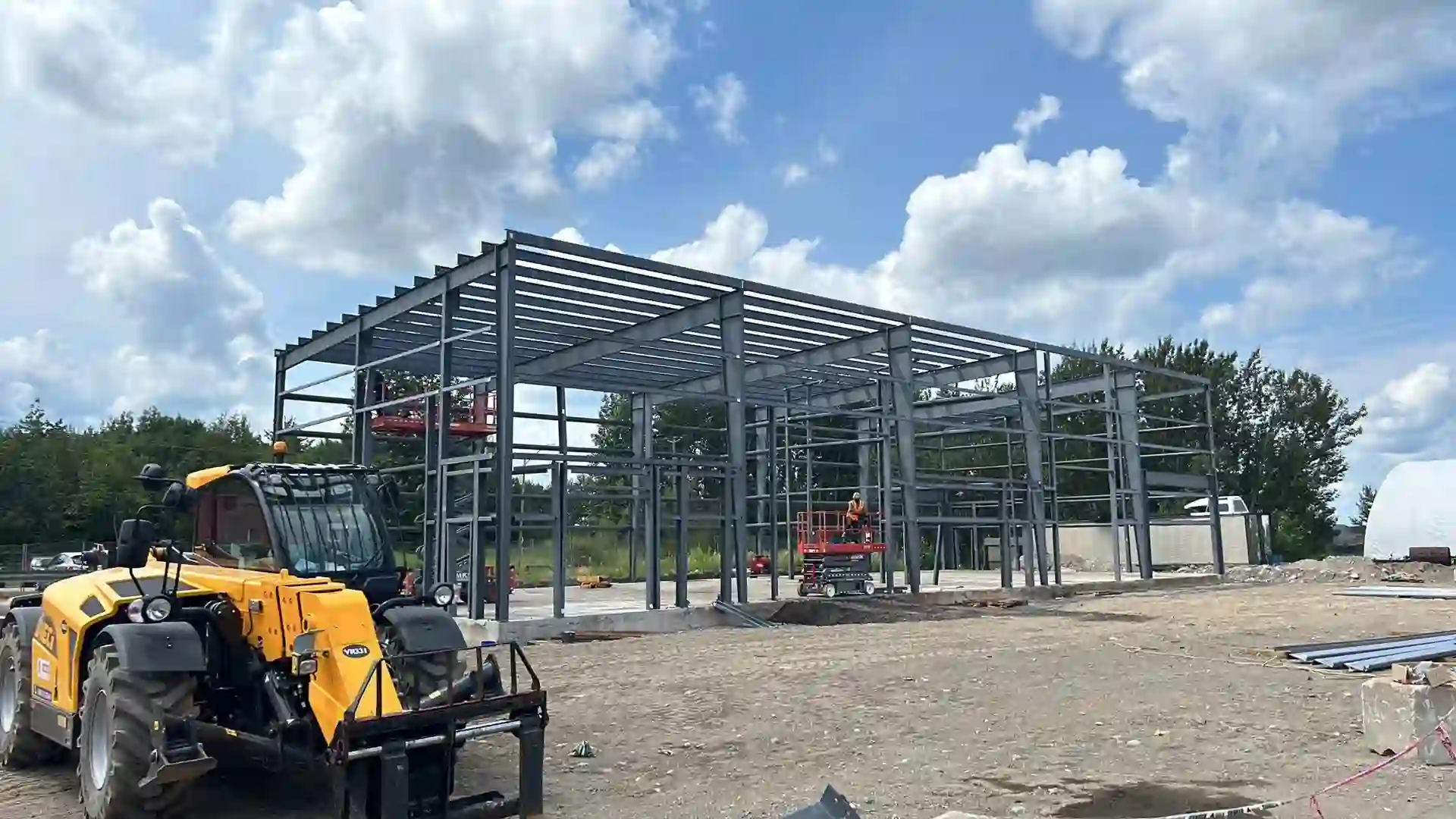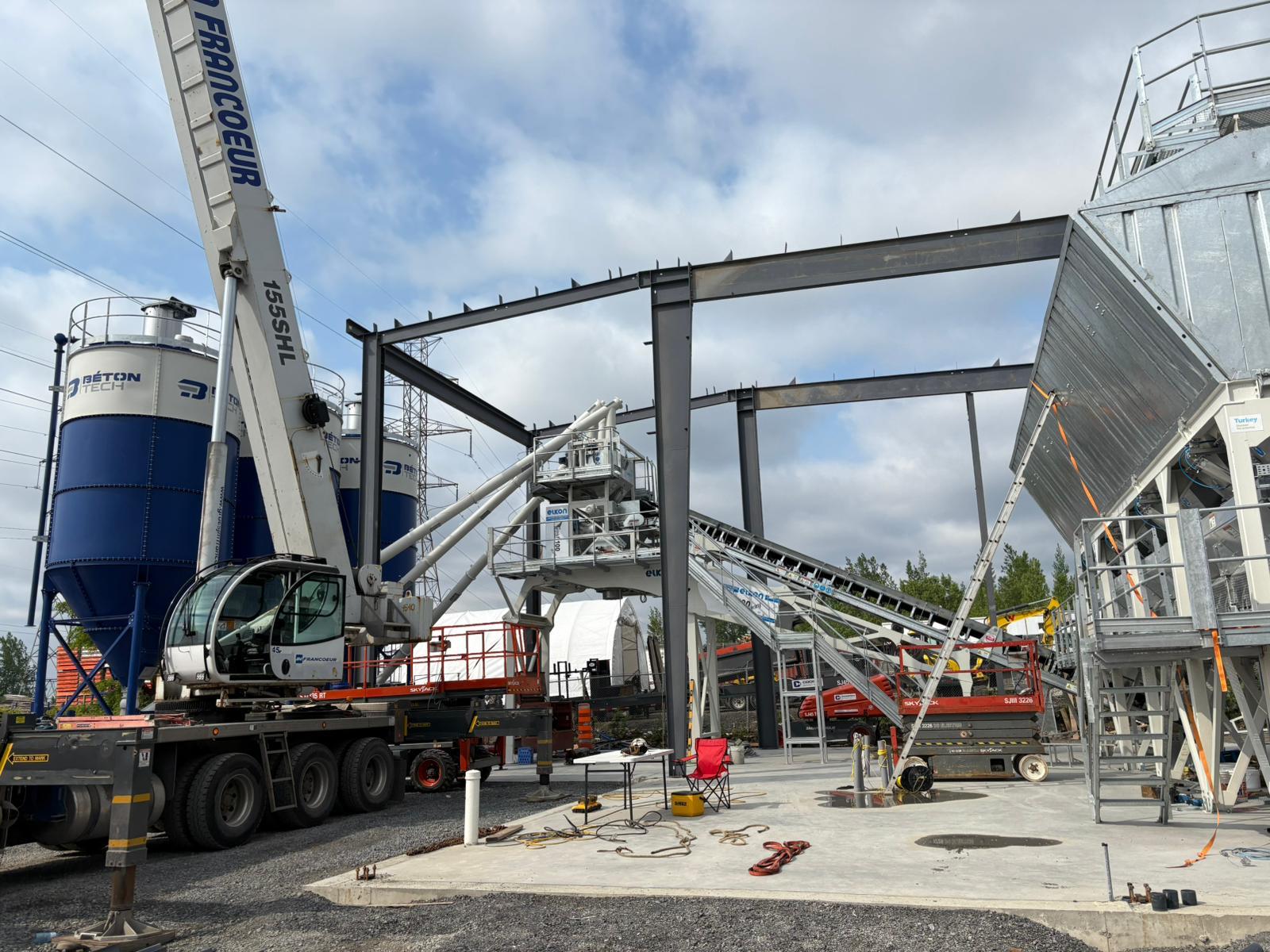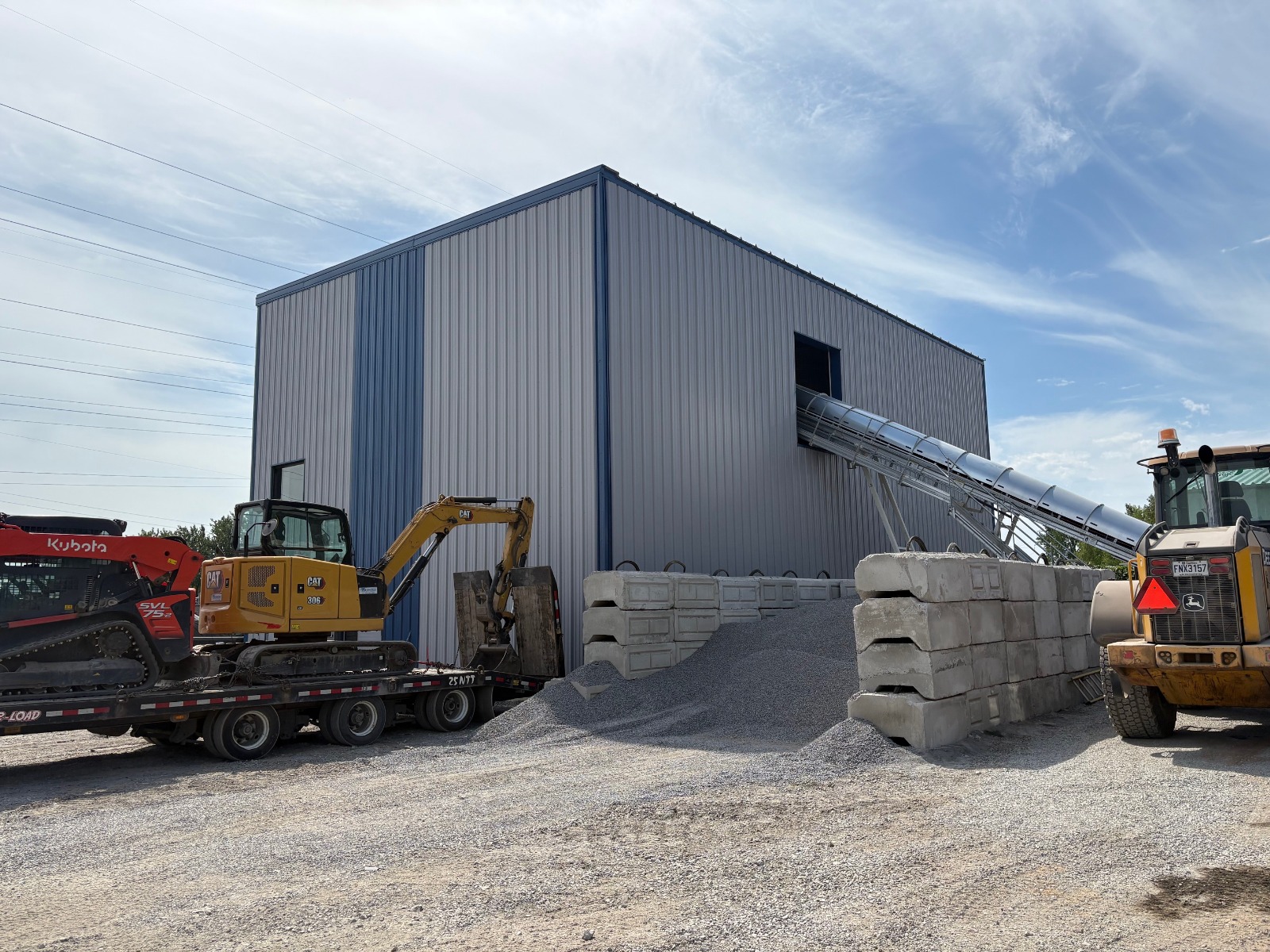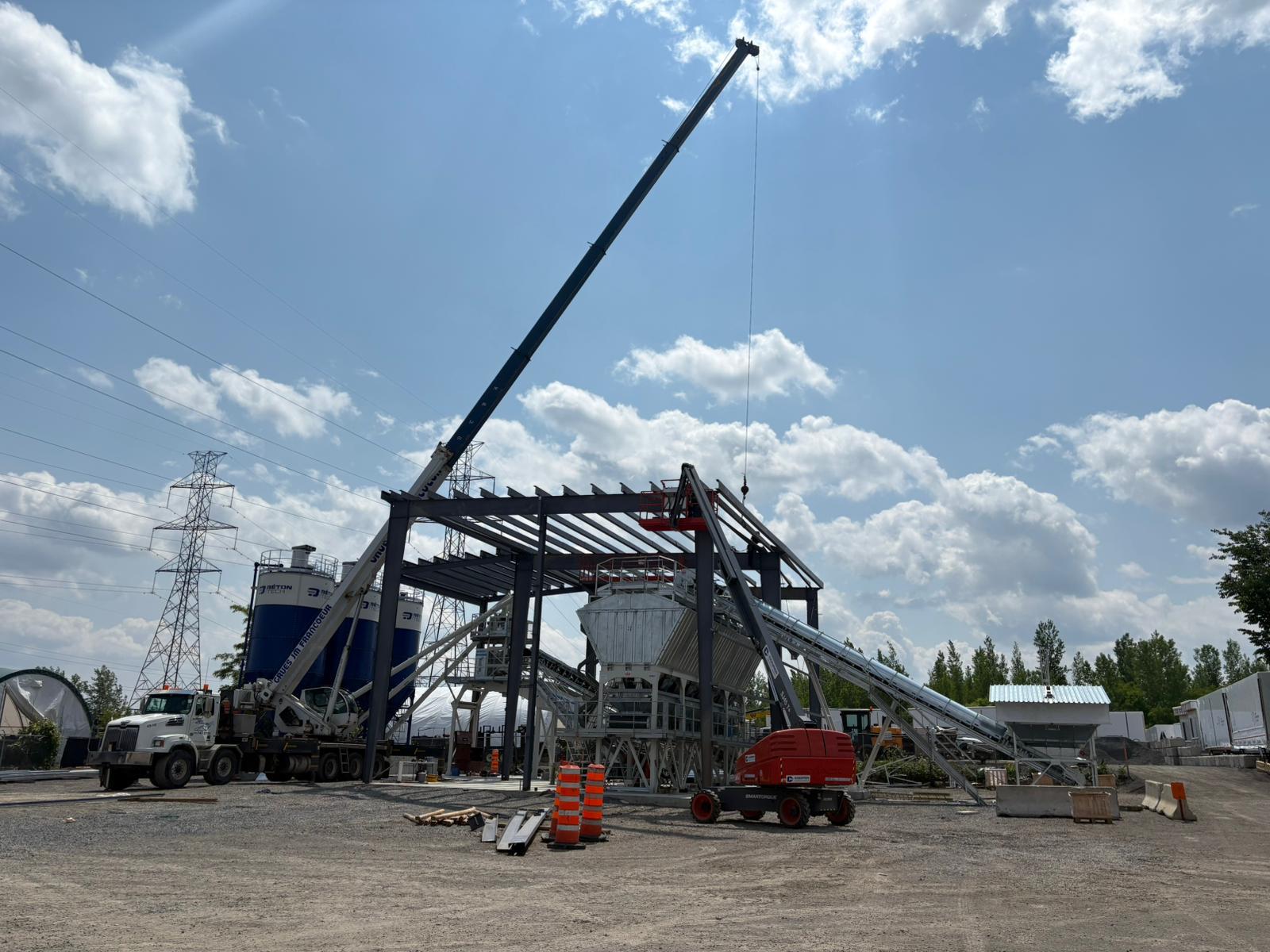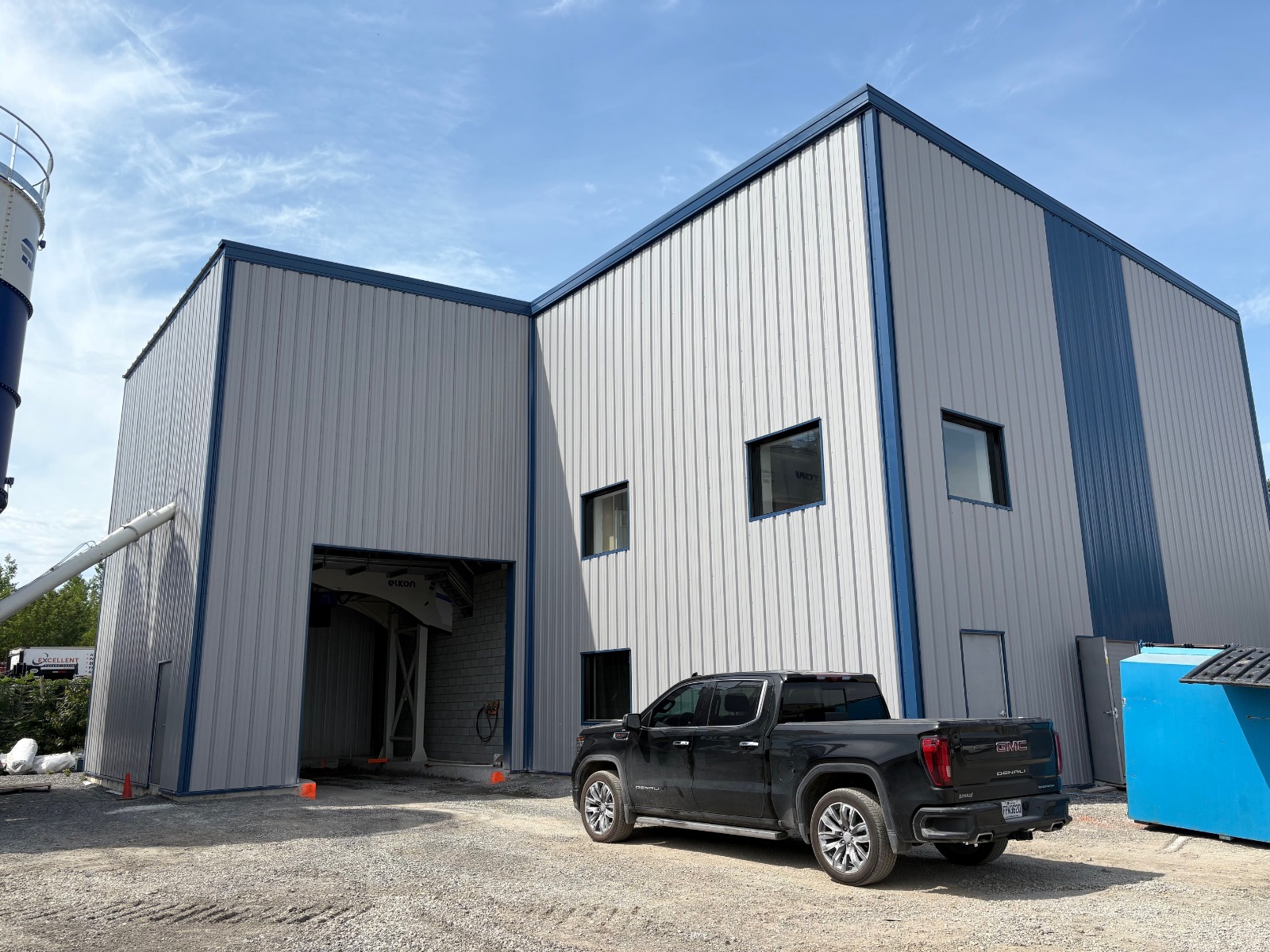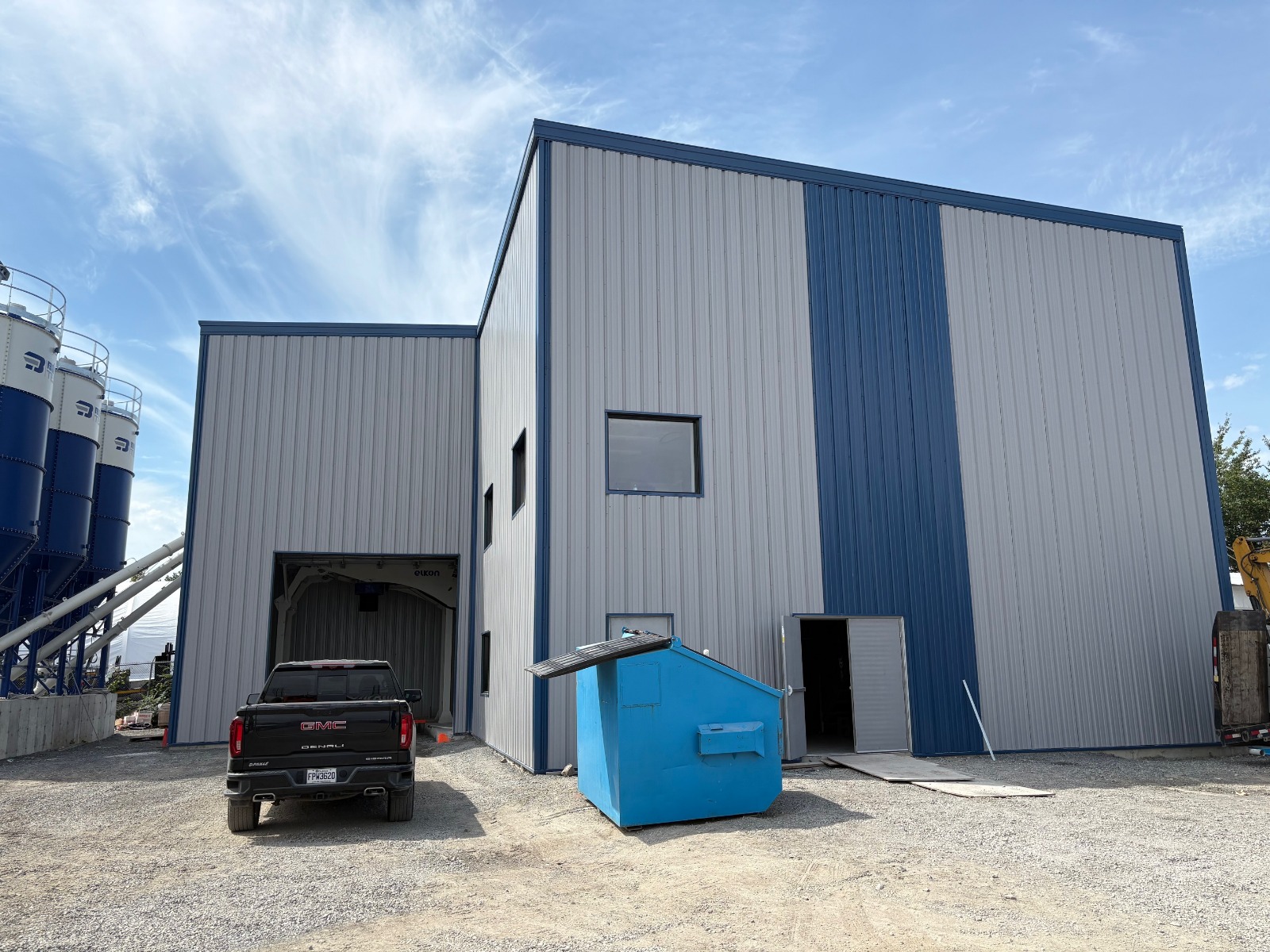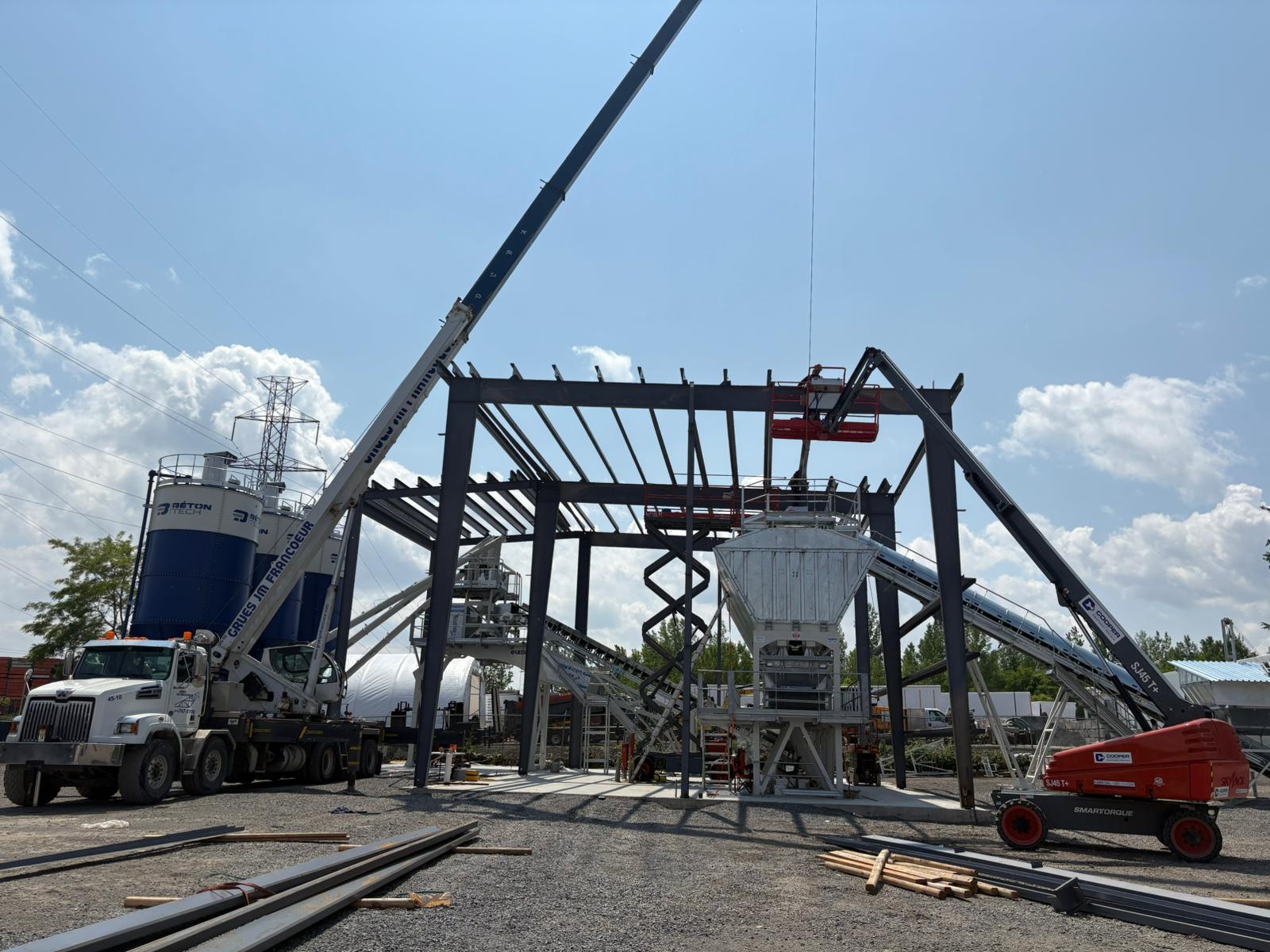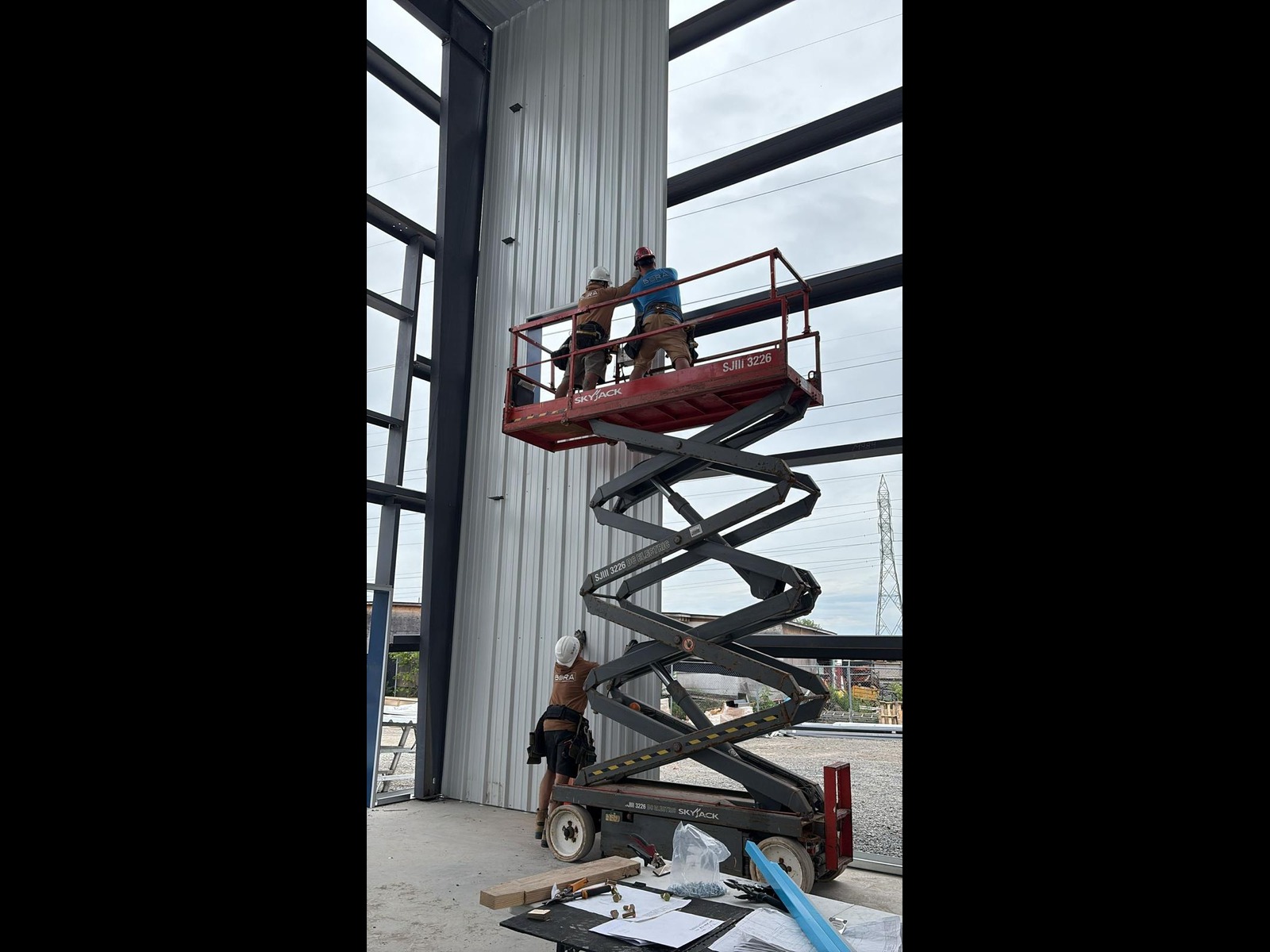An overview of what’s happening in the marketplace that impacts our industry and your business.
In this market update, we highlight some of the key factors affecting our business, current steel prices, and what to look out for in the months ahead.
WHAT YOU NEED TO KNOW, IN A NUTSHELL
The effects of the ILA port strike and the Commerce Department’s anti-dumping investigation, combined with planned steel mill shutdowns, could cause major disruption to the steel construction industry at a time when demand for materials is expected to rise rapidly following interest rate cuts and devastating storms on the US East and Gulf Coasts.
WHAT’S HAPPENING NOW
Anti-dumping survey
The U.S. Department of Commerce has launched anti-dumping investigations into coated steel imports from ten countries, following petitions filed by major steel suppliers and the United Steelworkers (USW) union. The petitions allege that zinc- and aluminum-coated sheet steel products, such as galvanized coil and aluminized sheet, are being sold at prices below their true value, and that some producers are receiving illegal government subsidies. The Department of Commerce is expected to announce its decision in mid-October, which could result in the imposition of tariffs. Increased tariffs and reduced volumes could lead to higher prices for coated steel products on the US market.
Port strike
The recent strike by the International Longshoremen’s Association (ILA) is expected to have a significant impact on the U.S. steel construction industry. The strike, which affects East Coast and Gulf ports, is likely to cause delays in the delivery of building materials, including structural steel products. This disruption could lead to higher prices for these materials, as supply chain bottlenecks and shortages become more pronounced. Even if the strike is short-lived, it could still cause weeks or even months of delays, as ships pile up and distribution to warehouses and construction sites is slowed. At present, we consider the overall risk of disruption to be low. However, if the strike continues beyond a few weeks, we are likely to see more disruption with a prolonged impact.
Lower interest rates
The Federal Reserve recently announced interest rate cuts in September to provide relief to the US economy in the face of growing labor market risks. Federal Reserve Chairman Jerome Powell has indicated that further rate cuts are likely, although their size and speed will depend on how the economy develops. Construction professionals are optimistic that this will stimulate demand in the sector and unlock projects awaiting financing.
Impact of hurricanes
Hurricanes Beryl and Helene both caused catastrophic damage across the USA, collectively from Texas to New York in just a few months. The damage caused by these storms resulted in considerable losses affecting residential, commercial, industrial and agricultural properties. As communities work to rebuild, these regions will experience high demand for building materials and labor, which could potentially increase costs and cause delays in construction projects.
Planned stops
Around 20 steel mill shutdowns are planned between now and the end of the year, reducing production capacity by over 1.2 million tonnes. This reduction could extend lead times or affect raw material costs.
WHAT WE MONITOR
Presidential election
Historically, election years can lead to fluctuations in steel prices due to changes in economic policies and market sentiment. For example, positive sentiment following an election can lead to increased investment and construction activity, boosting demand for steel. Conversely, uncertainty or negative sentiment can lead to reduced spending and lower demand for steel products.
Proposed acquisition of U.S. Steel by Nippon Steel
The pending sale of U.S. Steel to Japanese steelmaker Nippon Steel is creating economic uncertainty, particularly in the context of the 2024 presidential election. The issue of foreign ownership of U.S. industrial assets remains a hot topic. Both presidential candidates have publicly opposed Nippon Steel’s proposed acquisition of U.S. Steel. It is reported that Nippon Steel has received clearance from U.S. security officials to re-file its plans to purchase the company, postponing the review period for the $14.9 billion deal until after the November elections. U.S. Steel shareholders approved the proposed acquisition, bringing the merger closer to completion, despite growing political opposition to the deal.
Geopolitical conflict in the Middle East
The ongoing conflict between Iran and Israel could have several significant impacts on the global supply chain. In addition to the implications for fuel prices, increased geopolitical tensions could lead to higher marine insurance premiums and rerouting of shipping routes to avoid conflict zones, resulting in higher costs and delays in various industries.
FUTURE PROSPECTS
We currently expect the volatility in steel costs seen in recent years to continue into 2024 and 2025, due to the factors mentioned above. Although we do not foresee any immediate and significant supply disruptions, several potential triggers could quickly change the situation. Therefore, looking ahead, we believe inflationary pressure is likely on the horizon. Although the size and impact are unknown, we are monitoring the situation closely and will communicate accordingly as conditions evolve.
As always, we’d like to thank you for the trust you place in our company, and look forward to continuing to support you.
Market updates are provided by Cornerstone Building Brands’ experts and are intended to raise awareness of economic factors that may impact prices, supply and demand, affecting our customers. All forward-looking statements are based on reasonable assumptions; such statements are not guarantees and undue reliance should not be placed on them. Any opinions or views contained herein are solely those of the authors as of the date of this communication and should not be construed as investment, legal, accounting, tax or other advice of any kind.



